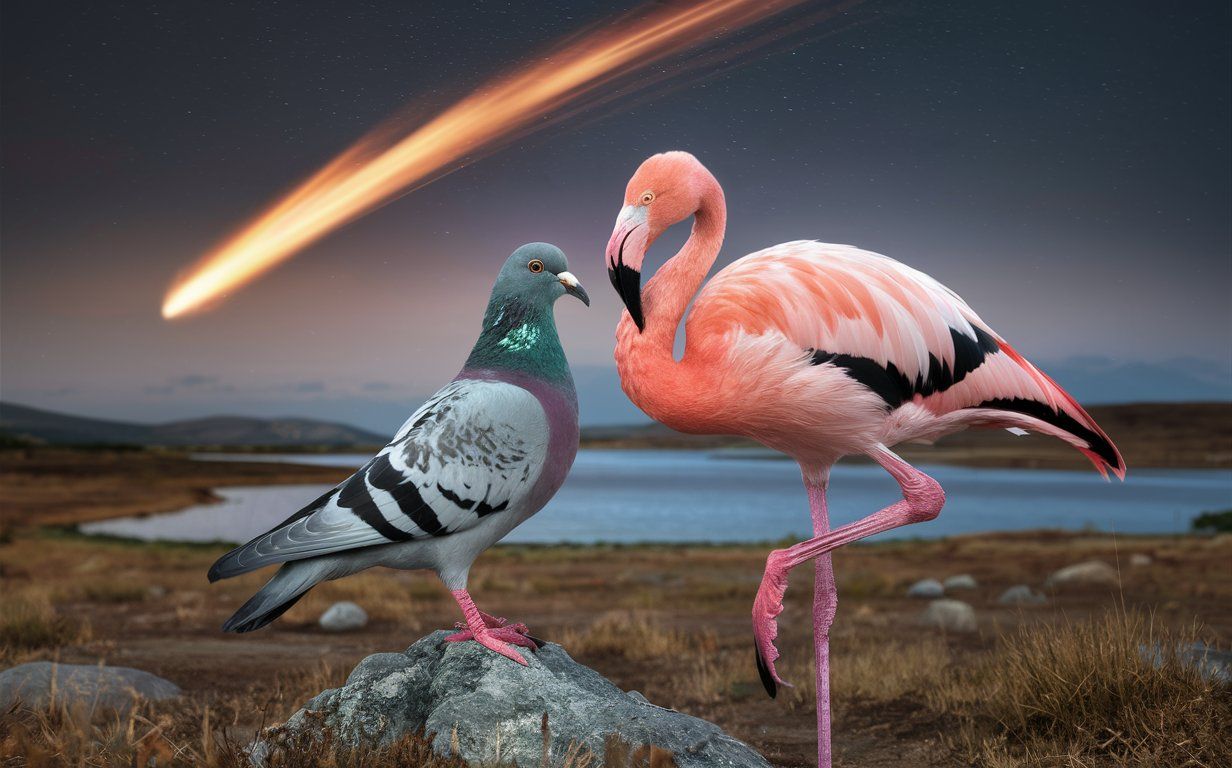Follow us on Google News (click on ☆)
Scientists have long sought to organize the approximately 10,000 bird species into a clear family tree, in order to understand how these dinosaur survivors conquered the skies. However, the task proved more complicated than expected, even with the advent of low-cost DNA sequencing.

Indeed, a long-overlooked genetic anomaly has recently revealed that the bird family tree is far more complex than previously believed, shaking our understanding of their evolution and that of other organisms.
Two new studies reveal that what misled scientists is a section of a chromosome that, instead of mixing with the surrounding DNA as it should, remained frozen in time for millions of years.
This section, representing only 2% of the bird genome, led to the belief that most of them could be grouped into two main categories, with flamingos and pigeons as evolutionary cousins. However, a more accurate family tree, taking into account this misleading section of the genome, reveals four main groups and further distances flamingos from pigeons.
The researchers, led by Edward Braun of the University of Florida and Siavash Mirarab of the University of California at San Diego, discovered this chromosome section by analyzing the genomes of 363 bird species, revealing a family tree different from that previously established based on 48 species. This discovery is part of the B10K avian genomics project, an international collaboration aiming to decipher the evolutionary history of birds.
The phenomenon of genetic recombination, the process by which genes from parents mix in their offspring, was suppressed in this section of the chromosome for a few million years, at the time of the dinosaurs' extinction. This suppression made flamingos and pigeons appear closer to each other in this specific part of their DNA. However, considering the entire genome, it became clear that these two groups are more distant.
This discovery raises the possibility that other organisms have similar genomic regions, misleading analyses of their evolution. It highlights the importance of a thorough exploration of genomes to understand the true story of species evolution.